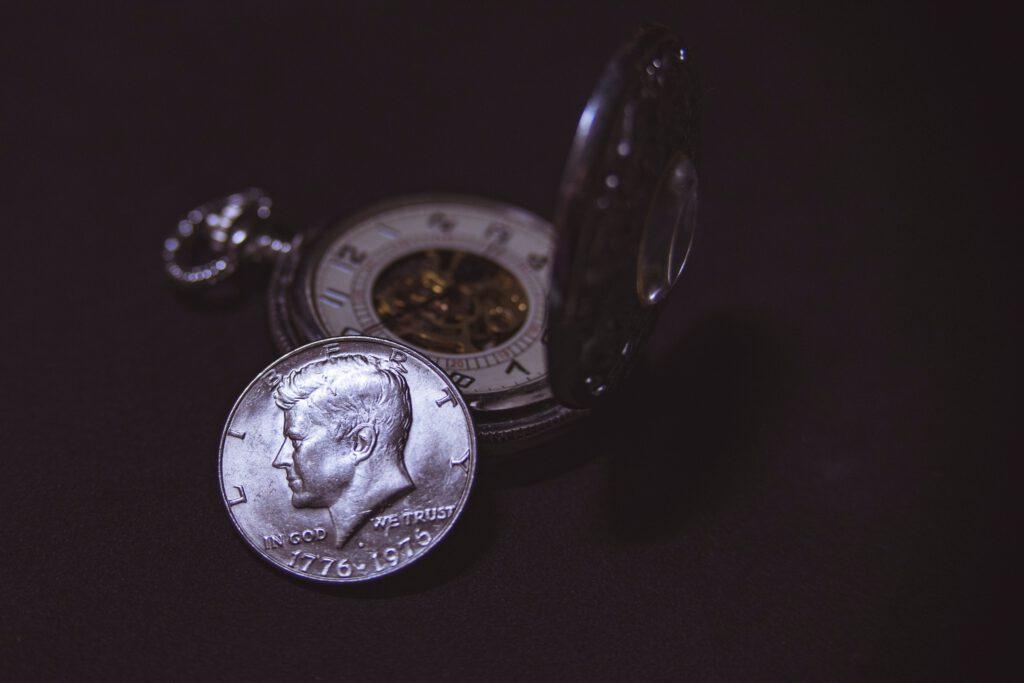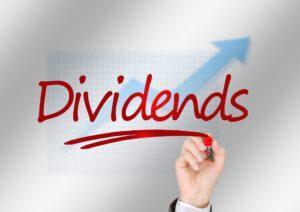
KGV, KBV, KUV – Der Kennzahlenwahnsinn
Inhalt Puh, Börse ist doch nicht „e wie einfach“ Das KGV, KBV, KUV und wie die ganzen Kennzahlen heißen, ist für jeden Börsenneuling
The history of dividends dates back to the early 16th century. About 400 years ago, the Dutch East India Company paid the first dividend ever. Dividend yields were higher then, but the concept was the same as today. In the early years, dividends were especially important because they were the source of returns for investors. Today, they are still a key component of many investors' total returns.
As most of you already know, dividends are cash distributions from profits paid by companies to their investors. So dividends are cash distributions to investors. If you want to track your dividends, the myDividends24 app is a good option.
A company has several ways to use profits. It can reinvest them through investments, acquisitions, debt repayment, share buybacks or dividend payments. After reinvestment and debt repayment, a company returns cash, in the form of dividends, to shareholders.
Most U.S. companies pay a dividend quarterly, but some pay monthly, semi-annually or annually. For European or Asian companies, it is more common to pay semi-annual or annual dividends.

The first recorded joint stock company to pay a regular dividend was the Dutch East-India Company, which was founded in Holland in 1602 and held a monopoly on the spice trade with India. This monopoly allowed for high dividend payments. In the early years, the company paid dividends of up to 75%, and overall the average over the first 15 years was about 25%. In the almost 200 years of its existence, the dividend payout averaged about 18% per year.
The British-East India Company, founded in 1599, announced its first dividend of 20%, paid in 1662.
The Hudson Bay Company was probably the first company in North America to pay a dividend. The first dividend was paid to shareholders 14 years after the company was founded in 1670. The dividend was 50% of the par value of the shares.
In the United States, the Bank of North America was founded in Philadelphia in 1781. It started paying a dividend of 4.5% after six months. Over the next 100 years, shareholders received an average dividend yield of 9.4%.
The Bank of New York pays a semi-annual dividend of 3%.
Textile mills in the USA pay dividends.
In the USA, York Water Company (YORW) was founded and began its series of consecutive dividend payments. The company has been paying a dividend for over 200 years. It is also the oldest publicly traded utility in the country.
Bank of Montreal (BMO) begins paying a dividend about eight years after it was established in Canada.
In the United Kingdom, most railroad stocks pay at least a 6% dividend.
Most manufacturing companies pay dividends due to rapid population growth. Textile companies pay an average dividend of almost 8% per year.
Exxon Mobil's (XOM) predecessor, Standard Oil, begins paying a dividend. Both Exxon and Mobil were spun off from John D. Rockefeller's oil monopoly. The two companies merged again in 1999.
Microsoft (MSFT) begins paying a dividend. The company pays out the most dividends of all US companies.
Apple starts paying a dividend.
The COVID-19 pandemic is leading to historic levels of dividend cuts and dividend defaults. Companies' revenues and profits are declining, limiting their ability to pay dividends.
In the United States, the history of the dividend goes back some 200 years. The company that has paid a dividend the longest is York Water, with 206 years. No other company has reached the 200-year mark. However, 22 companies have paid a dividend for more than 100 years. In the list, the longest dividend-paying stocks include many well-known companies, and some are even dividend growth stocks.

Looking at the history of dividends, it is noticeable that dividend yields have declined over time. The earliest dividend yields were significantly higher than today. In fact, they were often in the double-digit percentage range.
In the USA, the average dividend yield of the S&P Composite Index was around 5% between 1871 and 1982. Between 1983 and 2010, the average fell to around 2.5%. Since then, the yield has fallen further. As a result, the average dividend yield of the S&P 500 Index is now about 1.70%, significantly less than half the average of the first 100 years of the U.S. stock market.
Dividends are still a good way for investors to secure passive income streams. Looking at the development of dividends, it is noticeable that the yield is almost constantly falling. Today, you can really only dream of yields above 10%. Nevertheless, I consider dividends to be a relatively crisis-proof investment option.
If you would like to discover more dividend stocks or ETFs, you are welcome to use our Dividend App. myDividends24 use. Here you get access to over 2000 stocks and ETFs and can even create a portfolio and add the stocks you want. Here you can find more details for this. Download now free of charge and test it for 7 days.

Inhalt Puh, Börse ist doch nicht „e wie einfach“ Das KGV, KBV, KUV und wie die ganzen Kennzahlen heißen, ist für jeden Börsenneuling

Inhalt ist eine Anlagestrategie, bei der Anleger Aktien von Unternehmen kaufen, die regelmäßige Dividendenzahlungen ausschütten. Das Ziel dieser Strategie ist es, ein regelmäßiges

Inhalt Viele Anleger fragen sich ständig, warum Aktien fallen, nachdem die Ergebnisberichte der Unternehmen veröffentlicht wurden, besonders, wenn die Entwicklung laut des Berichts
© 2023 mydividends24.de